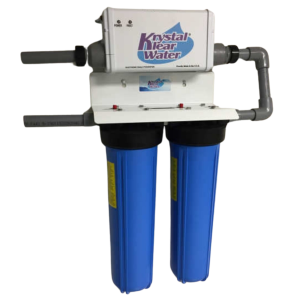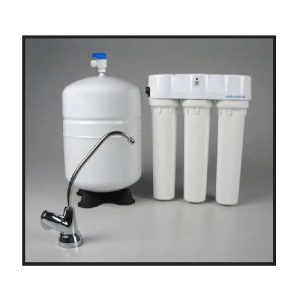Change Your Water, Change Your Life
Experience the life changing effects of perfect water, inside and out, through our maintenance-free filtration systems — no salt or filters to replace!
Serving the USA and Canada, call (716) 332-4400 to be connected to your local vendor or contact us for more information.
Drastic Improvements in Skin, Hair and Health
Experience substantial improvements in skin, including eczema, hair and overall health, in as few as 6 weeks after a whole house Krystal Klear Water filtration install.
What Makes Krystal Klear Water Filtration Systems Different?
Our water filtration systems are maintenance-free! There are no filters or salt to replace. After a whole house install, every facet, indoors and out, including toilets, will dispense pure, filtered water, free of all harmful toxins and chemicals. You’ll see drastic improvements from a cellular level in skin, including eczema, hair and overall health in as few as six weeks.
What Celebrities Are Saying About Krystal Klear Systems

Why Choose a Whole House Water Filtration System?
Drinking water is not the only way it enters our bodies, so buying bottled water does not solve the problem. Water (and the chemicals within) is absorbed by our bodies through the shower and bath, the food we cook and even the clothes we wear, which means even the water we use while laundering is important.



